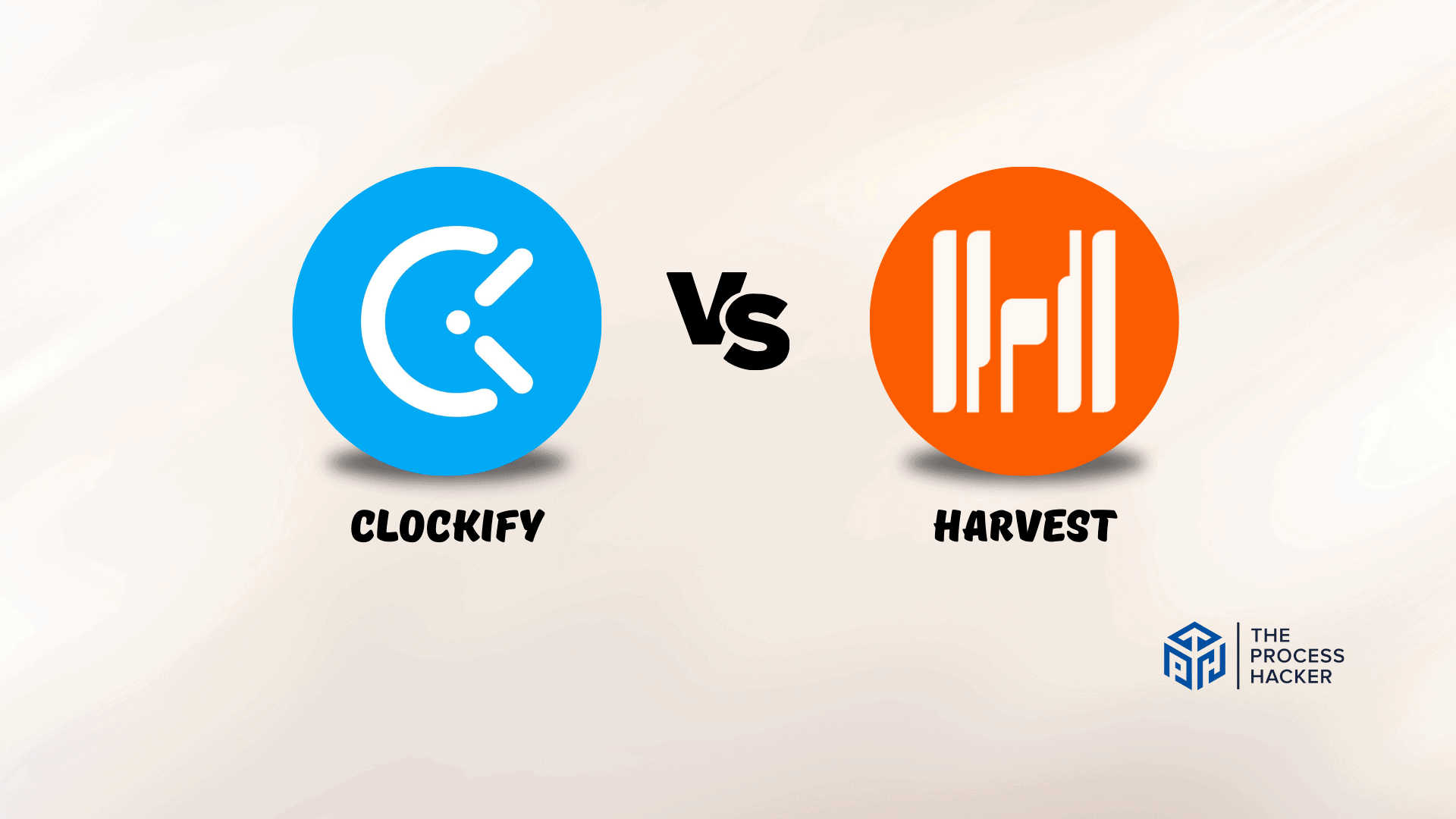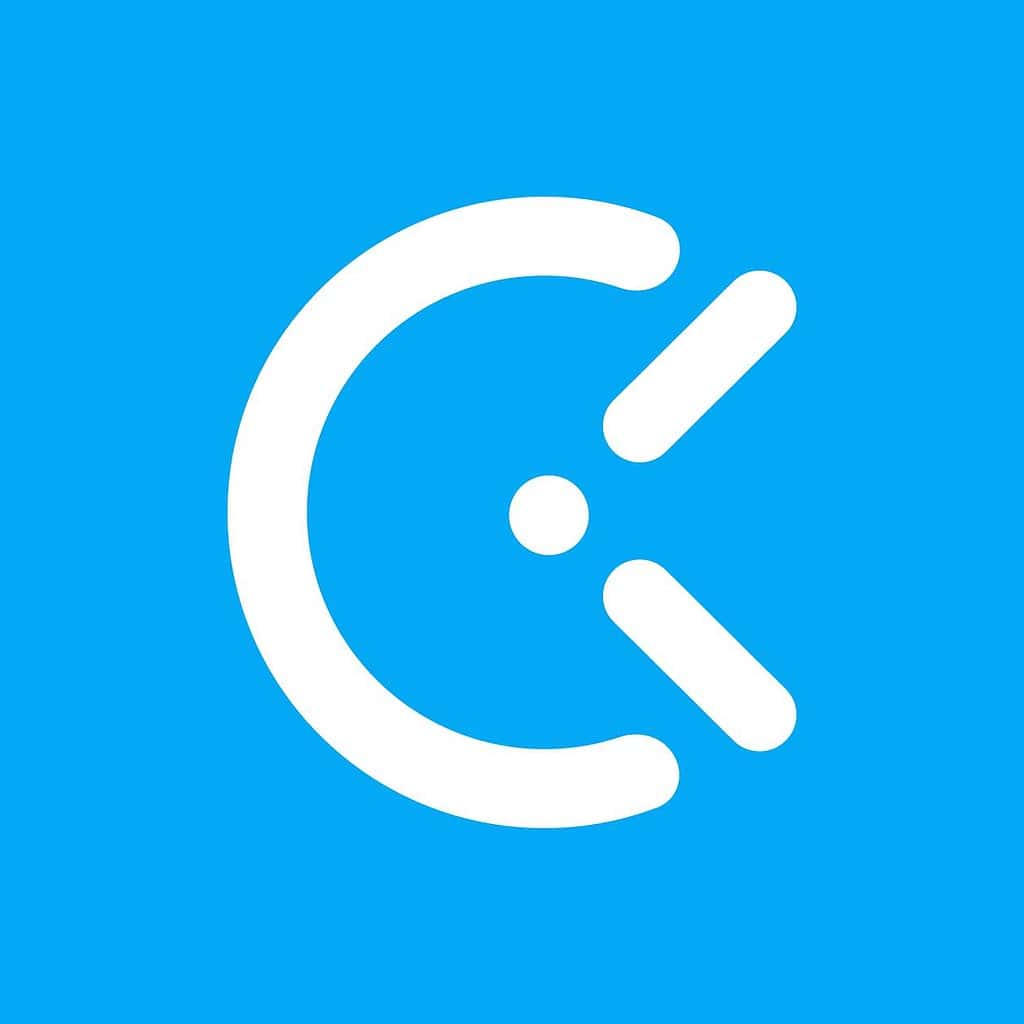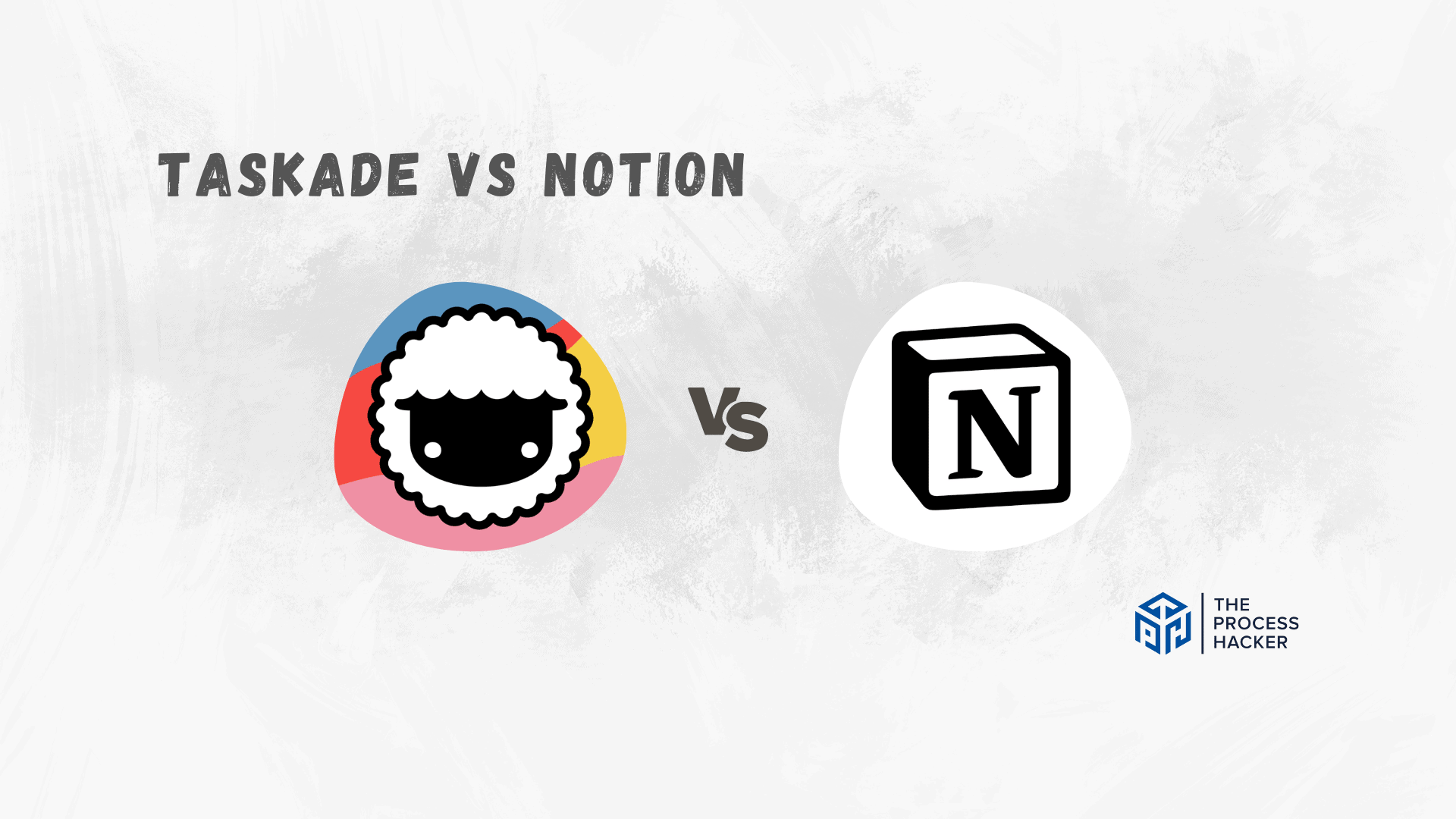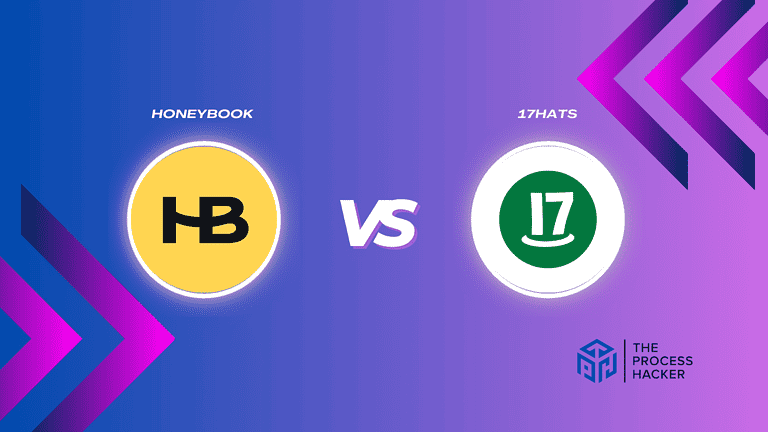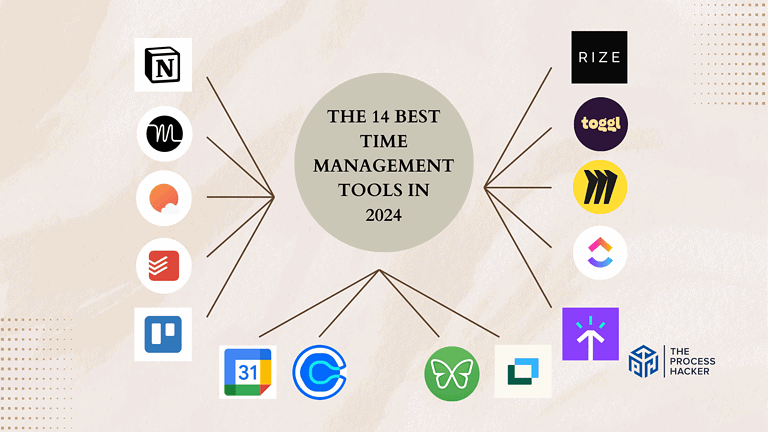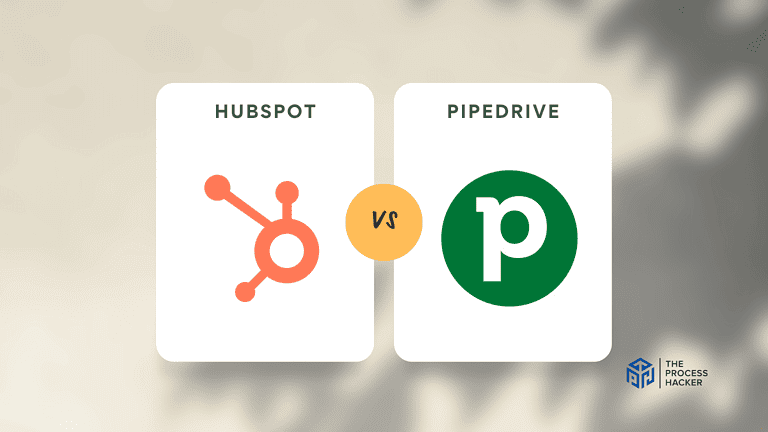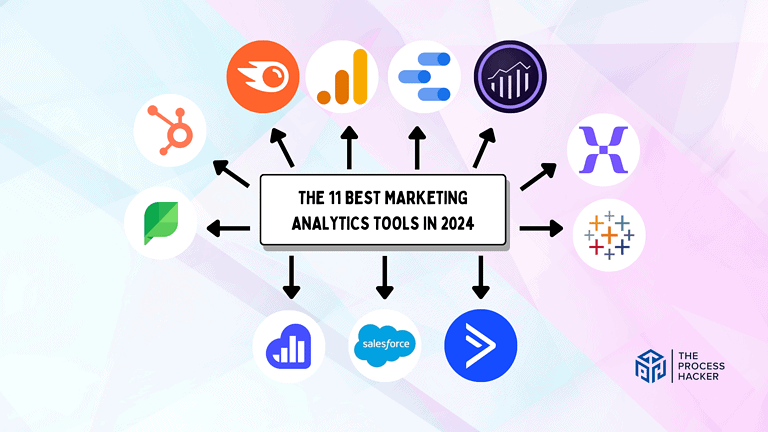Clockify vs Harvest: Which Time Tracking Tool is Better?
Whether you run your own business or work as a freelancer, optimizing how you track and manage your time is crucial for success.
Assessing how you currently spend your working hours and gaining insight into exactly where your time is going is the first step to maximizing productivity and profitability.
Accurate time tracking allows business owners and freelancers alike to determine billing rates, manage projects more efficiently, and ensure clients are charged correctly. In today’s competitive market landscape, having visibility into your time and workload is increasingly important.
If you purchase through our partner links, we get paid for the referral at no additional cost to you! For more information, visit my disclosure page.
That’s where time tracking tools come in–apps explicitly designed to help knowledge workers, consultants, and entire companies capture billable hours. Among the leading options for time tracking are Clockify and Harvest.
In this review, we’ll examine the key features and differences between these two popular services in depth to help you determine which is best for your needs.
Brief Overview: Clockify vs Harvest
First, I’ll give you a quick overview of Clockify and Harvest:
Clockify
Clockify is a user-friendly time-tracking tool designed to help teams and individuals optimize work hours and boost productivity. It allows users to track time spent on tasks and projects, offering insights and reports to analyze performance and improve time management.
Key Selling Points:
- Intuitive web and desktop app and interface that’s easy to use from the get-go
- Detailed time report features to understand time expenditure
- Flexible project and team management options
- Free tier available with essential features
- Integrations with popular tools and services
Harvest
Harvest is a versatile time-tracking and invoicing tool catering to freelancers and businesses. It simplifies the process of logging hours, billing clients, and analyzing project profitability, ensuring that every minute of work is accounted for and valued.
Key Selling Points:
- Seamless time tracking and invoicing in one platform
- Powerful analytics to drive business decisions
- Easy-to-use interface with a minimal learning curve
- Supports team collaboration and project management
- Offers mobile apps for tracking on the go
Quick Verdict: Clockify vs Harvest
Clockify offers a free basic plan with unlimited users and projects, making it an ideal choice for an auto-tracker for startups and freelancers. Its simplicity and zero cost for essential features mean you can start tracking time, managing projects, and analyzing productivity without financial commitment.
This tool proves invaluable for teams looking to scale without increasing overheads.
Harvest distinguishes itself by offering a comprehensive suite of tools designed for businesses that need more than just time tracking. With features like invoicing, expense tracking, and deep project insights, it streamlines operations and reduces the need for multiple platforms.
Although it comes with a price, the value added by its all-encompassing approach can significantly outweigh the costs for the right team.
Product Overview: Clockify vs Harvest
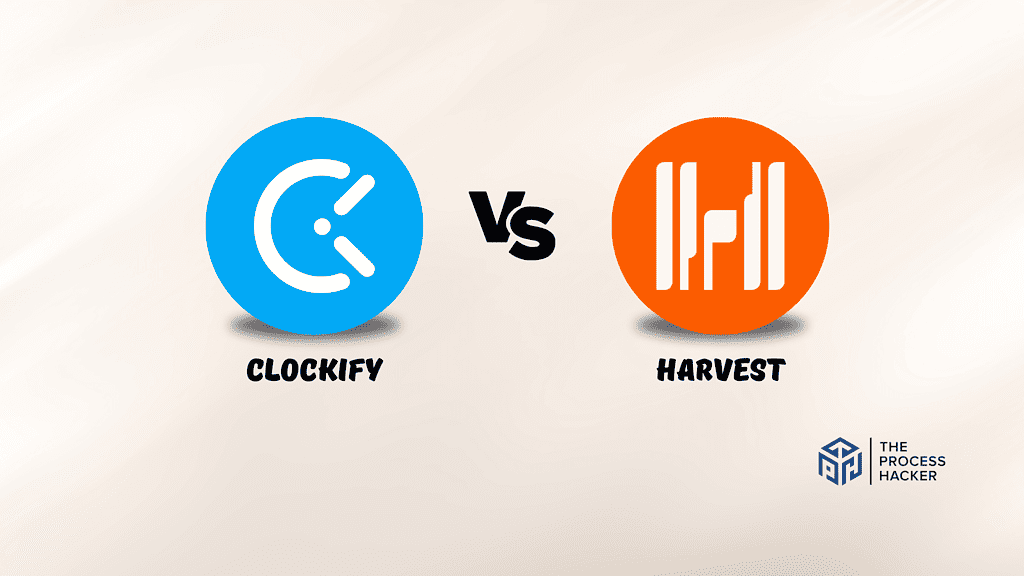
What is it?
Clockify is a robust time-tracking tool that empowers you to monitor, analyze, and optimize your hours. It provides a straightforward solution for tracking time across various tasks and projects, helping you understand how you spend your days and where to improve.
Harvest, on the other hand, Harvest integrates time tracking with financial insights, focusing on translating your hours into billable terms. It’s designed to streamline how you log your time, bill your clients, and analyze your project’s financial health.
Who is it for?
Clockify is perfect if you’re looking for a no-fuss solution to track time across unlimited projects and teams without worrying about costs. Whether you’re a freelancer juggling multiple gigs or a growing business looking for scalability, Clockify adapts to your needs.
Harvest suits businesses and freelancers who need more than just time tracking. Harvest is tailored for you if you’re after an all-in-one tool that can handle project budgeting, client invoicing, expense tracking, and time management.
What makes it special?
Clockify stands out because it offers its core functionality for free, no matter the size of your team. This approach removes the financial barrier to entry, making it accessible for anyone needing to track time without compromising on features or usability.
Harvest differentiates itself with its integrated approach. Combining time tracking with financial tools like invoicing and expense management eliminates the need for multiple platforms, streamlining workflow and saving time.
What does it do?
Clockify provides a simple yet powerful interface for tracking time across projects, generating reports, and analyzing productivity. You can quickly start and stop timers, manually log hours, and see at a glance how your day or week has been spent.
Harvest goes a step further by offering time tracking and integrating this data with invoicing and expense tracking features. This means you can quickly convert your tracked time into invoices, manage project budgets in real-time, and keep an eye on all your expenses, all within the same ecosystem.
Quick Comparison: Clockify vs Harvest
| Key Features | Clockify | Harvest |
|---|---|---|
| #1) Pricing | Winner | |
| #2) Free Plan | Winner | |
| #3) Design & Functionality | Winner | |
| #4) Time Tracking Tool | Winner | |
| #5) Project Management Tool | Winner | |
| #6) Team Management | Tie | Tie |
| #7) Reporting | Winner | |
| #8) Productivity Tools | Winner | |
| #9) Integrations | Winner | |
| #10) AI & Automation | Winner | |
| Overall | Winner |
Feature Comparison: Clockify vs Harvest
Let’s compare the features of these time-tracking tools so you can make the right decision for you and your business.
#1) Pricing
When you examine Clockify’s pricing, you’ll immediately notice how it caters to a wide audience without asking for much in return. The Basic plan starts at just $4.99 per month if billed monthly, offering administration features that can significantly enhance your time-tracking capabilities without breaking the bank.
Switch gears to Harvest, and you’re looking at their Pro plan, tailored for teams and businesses ready to grow. It sets you back $12 per seat each month, but for that price, you unlock unlimited seats and the ability to create projects, positioning it as a scalable solution for your expanding needs.
Comparing the two, Clockify shines for anyone keeping an eye on costs, offering essential features at a fraction of Harvest’s price. However, Harvest justifies its higher price tag with its focus on teams and scalability, making it a valuable tool as your business grows.
Verdict: Clockify is the more budget-friendly choice for pricing, especially for individuals or small teams.
#2) Free Plan
Clockify’s strength lies in its completely free plan. You get unlimited tracking for projects and clients, offering exceptional value if you’re cost-conscious. The features included will likely cover the basics of tracking time effectively.
On the other hand, Harvest provides a free forever plan but is only limited to 1 seat and two projects. They also offer a 30-day free trial before committing to a paid plan. Before investing, this approach lets you test the waters and see if the features align with your workflow and needs.
When comparing the two, Clockify takes the lead for those who need a comprehensive time-tracking solution without financial commitment. Its free plan’s lack of user and project limits makes it exceptionally user-friendly and adaptable to various work environments, from individuals to larger teams.
Verdict: Clockify offers superior value for the free plan, delivering extensive features without cost. This makes it ideal for optimizing time management and productivity without an initial investment.
#3) Design & Functionality
Clockify leans towards a no-frills, straightforward interface. This translates to an easy learning curve – you can probably jump right in and start tracking your time without much hand-holding.
Harvest has a slightly more polished aesthetic. You might find it more visually pleasing and modern, depending on your preferences.
Choosing between Clockify and Harvest for design and functionality can feel like splitting hairs because both combine aesthetics with practicality. However, Clockify edges out slightly ahead due to its emphasis on a frictionless experience right from the start. It can be particularly appealing if you’re looking for simplicity without sacrificing depth in features.
Verdict: Clockify wins for design and functionality thanks to its streamlined approach, which doesn’t skimp on features, making it a joy for teams and individuals alike.
#4) Time Tracking Tool
Clockify’s core strength lies in its dedicated focus on time tracking. You can track hours with a single click, categorize time by projects, and even tag entries for more detailed analysis. This level of detail ensures that every second of your workday is accounted for, making it easier to understand where your time goes.
Switch over to Harvest, and the experience is just as refined but with an added layer of financial insight. Not only do you track time effortlessly, but you can also directly link this to invoicing and budget tracking. This integration means you’re not just seeing where time is spent; you’re understanding its financial impact on projects, which is crucial for freelancers and businesses alike.
Harvest emerges as the superior tool due to its broader utility and the added value it brings by merging time tracking with financial insights. Its ability to transform tracked time into actionable financial data makes it a more versatile tool, mainly if you aim to have a holistic overview of your projects beyond time management.
Verdict: Harvest is the standout choice for a well-rounded approach that combines time tracking with financial management, offering comprehensive features that cater to a wider range of your needs.
#5) Project Management Tool
Clockify has basic project management features. You can set up projects, track time spent on them, and get some simple reports. If you have straightforward project needs, it will get the job done.
For Harvest, there’s a clear focus on integrating time tracking directly with project management aspects. While you can manage projects and assign tasks, the standout feature is how effortlessly time spent on tasks translates into insights for billing and budgeting. It’s about making every minute count towards completion and understanding its financial implications.
Deciding which is better for project management, Clockify or Harvest, depends heavily on your priorities. If you’re looking for a tool that offers simple project organization with a keen eye on progress tracking, Clockify does an admirable job. However, if the ability to connect the dots between time spent and project financial health is crucial for you, then Harvest stands out as the go-to option.
Verdict: Harvest takes the lead for project management. Its seamless integration of time tracking with financial insights offers a comprehensive view that is invaluable for managing projects efficiently and profitably.
#6) Team Management
Clockify has a range of team management features. You can add team members, set permissions, and gain insights into how your team spends their time with reports.
Harvest also offers team management capabilities. You can assign roles, manage timesheets, and track your team’s progress, especially those projects with fixed fees.
When it comes down to which tool better manages teamwork, it’s a close call. If your priority is fostering team collaboration and ensuring everyone’s efforts are visible, Clockify stands out with its user-friendly interface and comprehensive time tracking. However, if you value insights into how each team member’s time translates into project costs and profitability, Harvest excels by offering detailed reports that bridge time and financial performance.
Verdict: For team management, it’s a tie. Choose Clockify for its simple and collaborative approach, or lean towards Harvest if you’re looking for deeper insights into the financial implications of your team’s work.
#7) Reporting
Clockify has a decent reporting system. You can generate reports on time spent, projects, and every team member to help you gain insights into your work patterns.
Harvest provides more in-depth reporting options. You can customize reports, track budgets against time spent, and get a clearer picture of your project’s health and profitability.
Harvest wins this round. If you need detailed, customizable reports, its tools will likely provide the insights you’re looking for.
Verdict: For reporting, Harvest offers the advantage.
#8) Productivity Tools
Clockify offers a few extra tools to boost productivity. These include features like a Pomodoro timer to break your work into more focused chunks.
Harvest is more streamlined, focusing primarily on time tracking and related features. It doesn’t have a suite of built-in productivity tools.
Clockify takes the lead here. Those extras could decide if you enjoy things like the Pomodoro technique or other tools to keep you focused.
Verdict: For productivity tools, Clockify offers more options.
#9) Integrations
Clockify has many integrations, allowing you to connect it with tools you likely already use. This includes project management software, communication platforms, and more.
Harvest also boasts a healthy selection of integrations with popular apps. For example, you’ll find connectors for project management, accounting, and workflow tools.
Considering the specific needs for productivity enhancement, Clockify stands out for its commitment to providing tools that directly support your work efficiency and task management. Its suite of productivity tools is designed with a clear focus on helping you maintain your productivity without unnecessary complexity or distraction.
Verdict: Clockify is the better choice for productivity tools, offering a dedicated and well-designed set of features that improve your daily work efficiency and time management.
#10) AI & Automation
Clockify incorporates AI and automation features that streamline the time-tracking process, allowing you to automate repetitive tasks and gain insights through predictive analytics. These features are designed to save you time, reduce manual time entry, and enhance efficiency by providing intelligent suggestions based on your habits and historical data.
With its intelligent use of AI, focus on financial health and automated reminders, Harvest stands out for businesses that need a comprehensive overview of how time translates into costs and profits. Its predictive analytics and automated invoicing make it a powerhouse for financial management within project workflows.
Clockify shines with its automation that emphasizes time-tracking efficiency and productivity enhancement. In contrast, Harvest leverages AI to bridge time and project tracking with financial insights, offering a more rounded approach to automated decision-making and analysis.
Verdict: For AI & automation, if you prioritize efficiency and productivity in your time-tracking process, Clockify is the standout option, offering intelligent features that help you streamline your workflow and focus on what matters most.
Final Thoughts on Clockify vs Harvest
Both Clockify and Harvest are solid tools for tracking time effectively. However, Clockify comes out on top for several reasons. First, its completely free plan is a considerable advantage, especially if you’re a freelancer, a small business owner, or just starting with time tracking.
Next, Clockify offers a good mix of simplicity and useful features. It’s easy to use but has enough for essential project management, team tracking, and productivity tools. This balance makes it versatile for various needs.
While Harvest is a worthy contender, especially with its robust reporting and project management features, Clockify’s blend of free plans, ease of use, and features is tough to beat.
If you’re looking for a reliable, capable, and cost-effective time-tracking solution, Clockify is the way to go.

